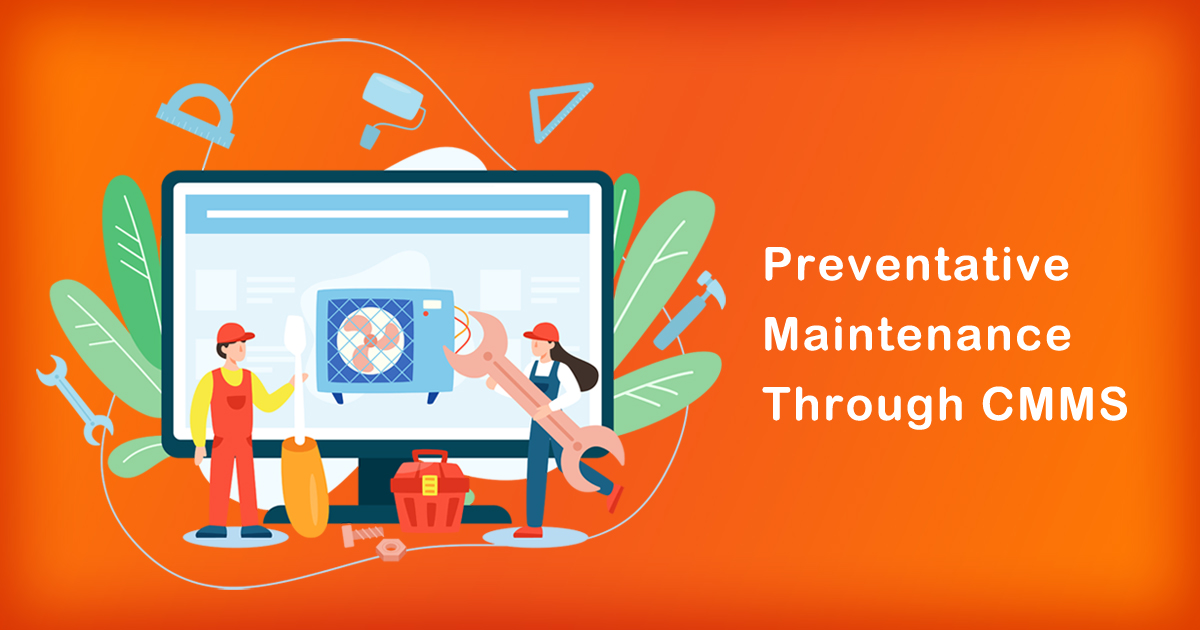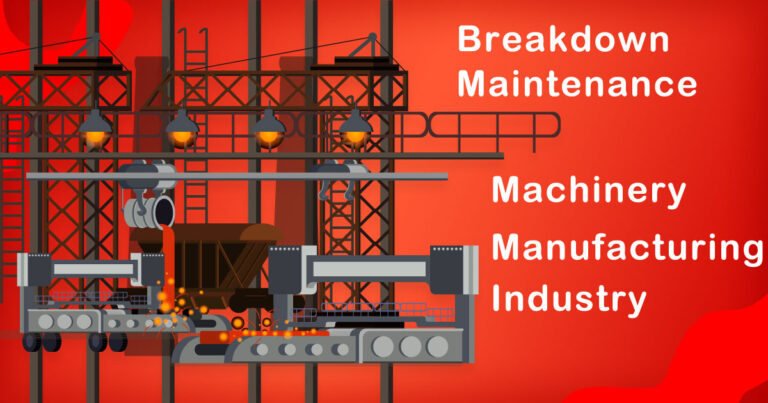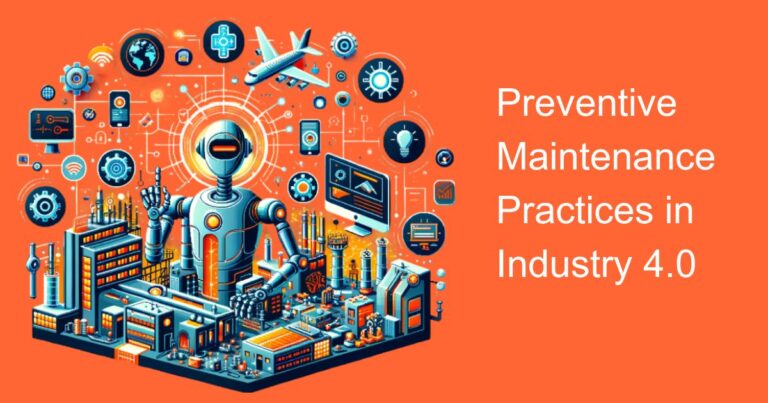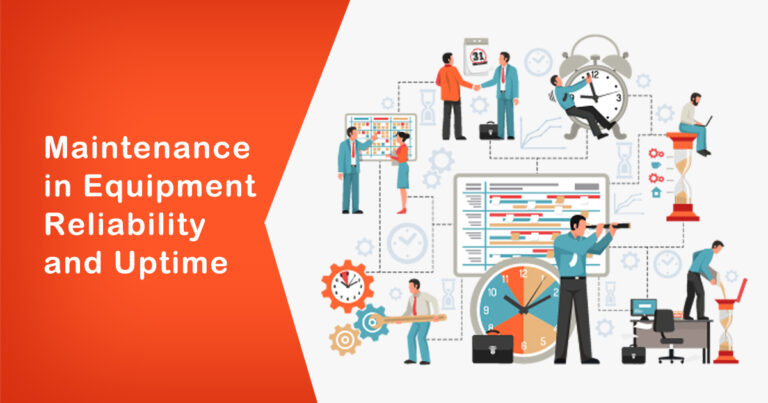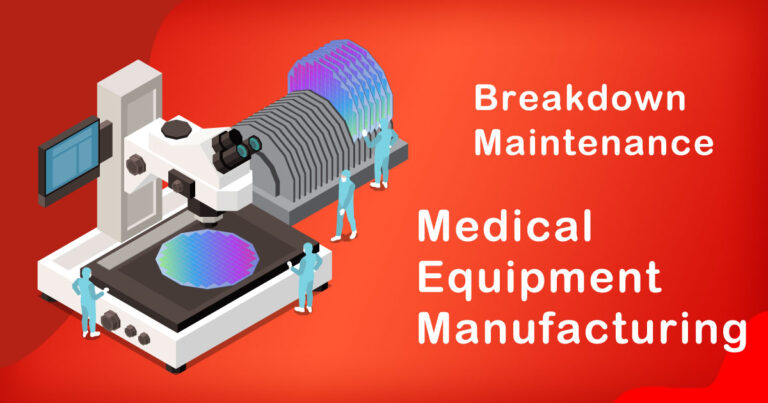Introduction
Preventive maintenance is crucial for any organization to minimize downtime, extend equipment lifespan, and ultimately save costs. However, implementing preventive maintenance can be challenging without the proper tools and processes in place. That’s where Computerized Maintenance Management Systems (CMMS) come in. In this blog, we’ll explore how CMMS can help improve preventive maintenance and what you need to know to make the most of it.
What is CMMS?
A Computerized Maintenance Management System (CMMS) is a software application that helps organizations manage and maintain their assets and equipment. CMMS software is used to schedule and track maintenance tasks, manage inventory, and monitor equipment performance. The goal is to streamline maintenance operations and reduce equipment downtime, leading to increased productivity and cost savings.
Why is preventive maintenance important?
Preventive maintenance is an approach to maintenance that involves performing regular maintenance tasks on equipment to prevent failures before they occur. The benefits of preventive maintenance include:
- Increased equipment lifespan
- Reduced downtime
- Lower maintenance costs
- Increased equipment reliability
- Improved safety
- Better regulatory compliance
However, implementing preventive maintenance can be challenging without the proper tools and processes in place. This is where CMMS can help.
How can CMMS improve preventive maintenance?
1. Automating maintenance scheduling and tracking
One of the primary benefits of CMMS is the ability to automate maintenance scheduling and tracking. With a CMMS, maintenance tasks can be scheduled based on equipment usage or time-based intervals, ensuring that maintenance is performed before a failure occurs. When a maintenance task is completed, it can be logged in the CMMS, providing a history of maintenance activities that can be used to inform future maintenance decisions.
2. Inventory management
CMMS software can help manage inventory by tracking spare parts and supplies, ensuring that the right parts are available when needed. This can help prevent equipment downtime due to lack of spare parts or supplies. Additionally, CMMS software can help identify inventory usage trends, enabling organizations to optimize inventory levels and reduce waste.
3. Equipment performance monitoring
CMMS software can monitor equipment performance by tracking key performance indicators (KPIs), such as downtime, mean time between failures (MTBF), and mean time to repair (MTTR). By monitoring KPIs, organizations can identify potential issues before they become critical, allowing for preventive maintenance to be performed proactively.
4. Data analysis and reporting
CMMS software can generate reports that provide insight into maintenance activities, equipment performance, and inventory usage. These reports can be used to identify trends, optimize maintenance schedules, and improve equipment reliability. Additionally, data analysis can be used to identify areas for improvement, such as optimizing inventory levels or improving maintenance procedures.
5. Mobile access
Many CMMS systems offer mobile access, allowing maintenance technicians to access the CMMS from their mobile devices. This can enable technicians to quickly view maintenance schedules, access equipment manuals, and log maintenance activities from the field, improving productivity and reducing paperwork.
Conclusion
Implementing preventive maintenance can be challenging without the proper tools and processes in place. CMMS software can help streamline maintenance operations, automate maintenance scheduling and tracking, manage inventory, monitor equipment performance, and provide data analysis and reporting. By leveraging the benefits of CMMS, organizations can improve equipment reliability, reduce downtime, and ultimately save costs.


